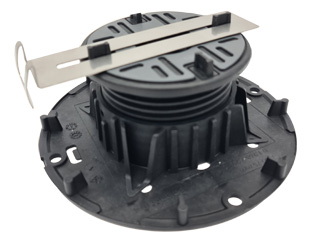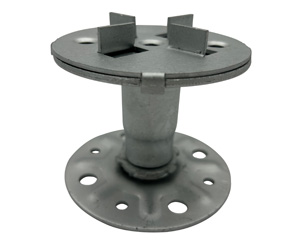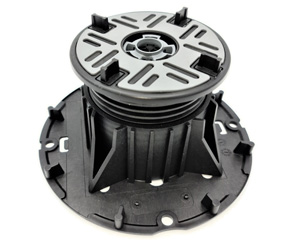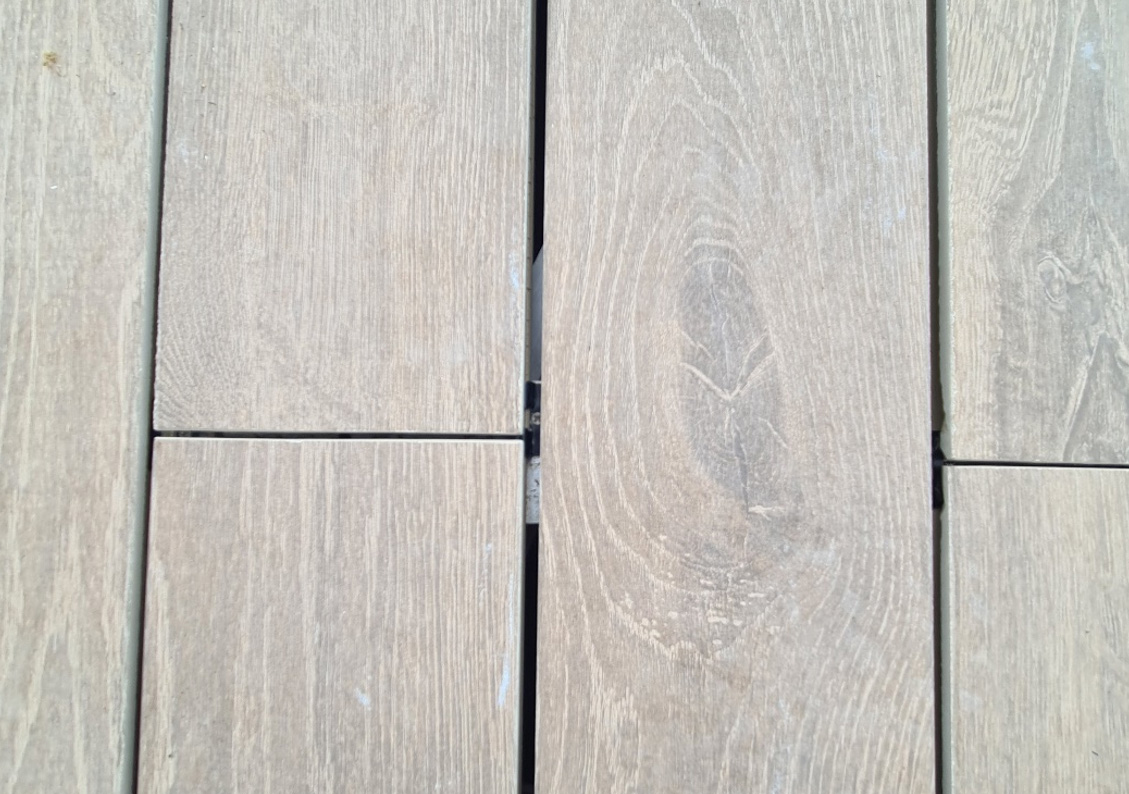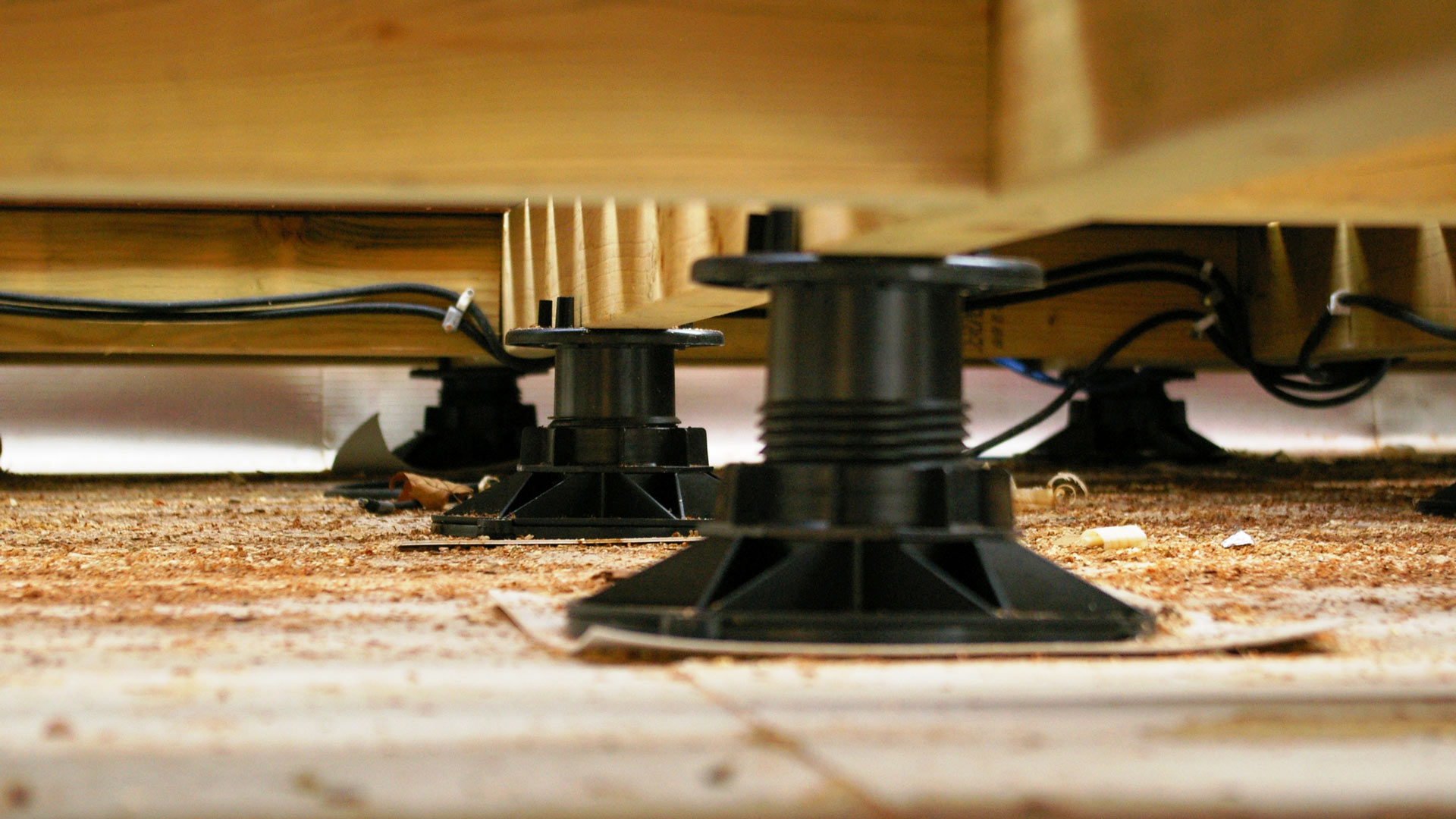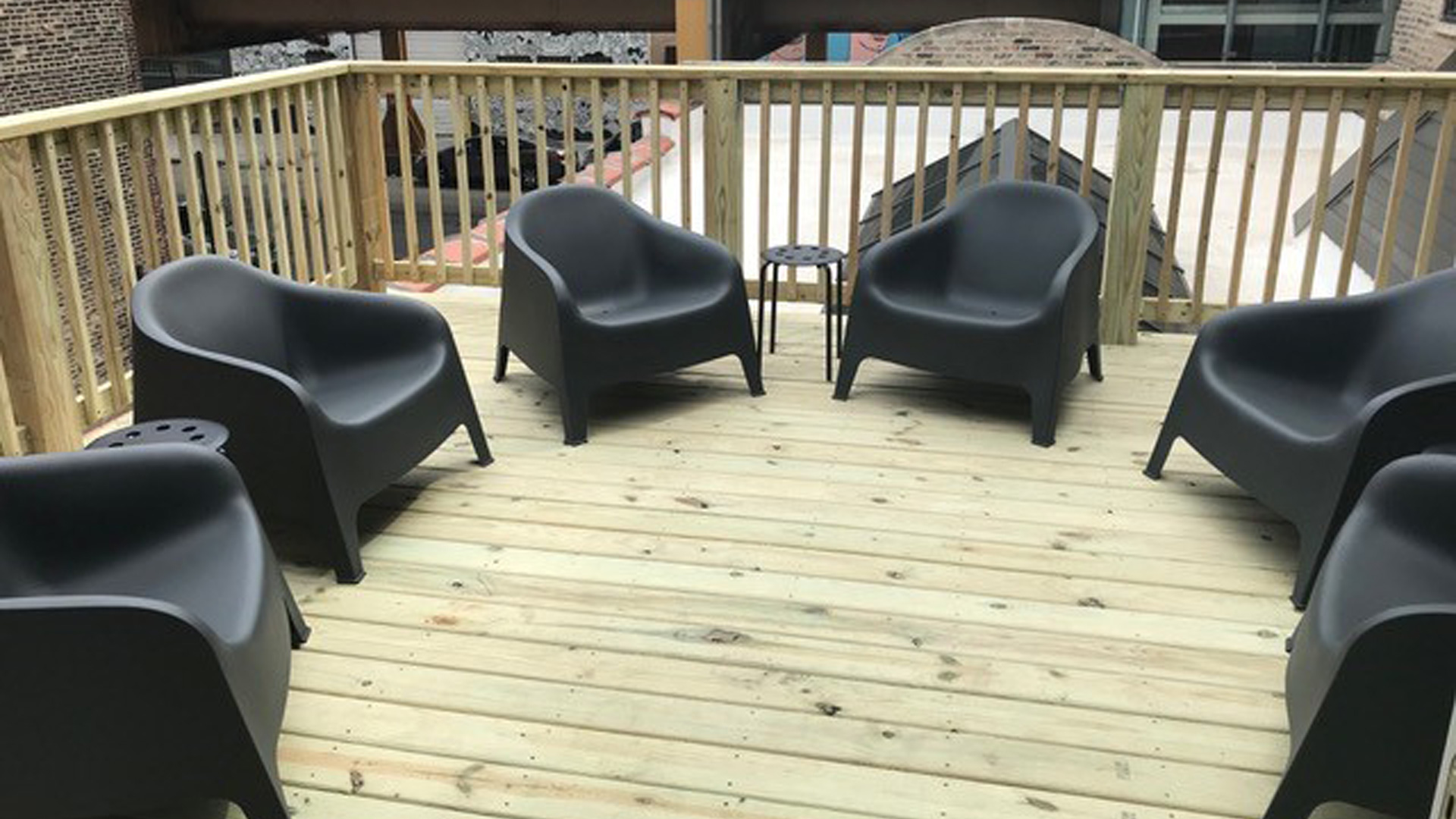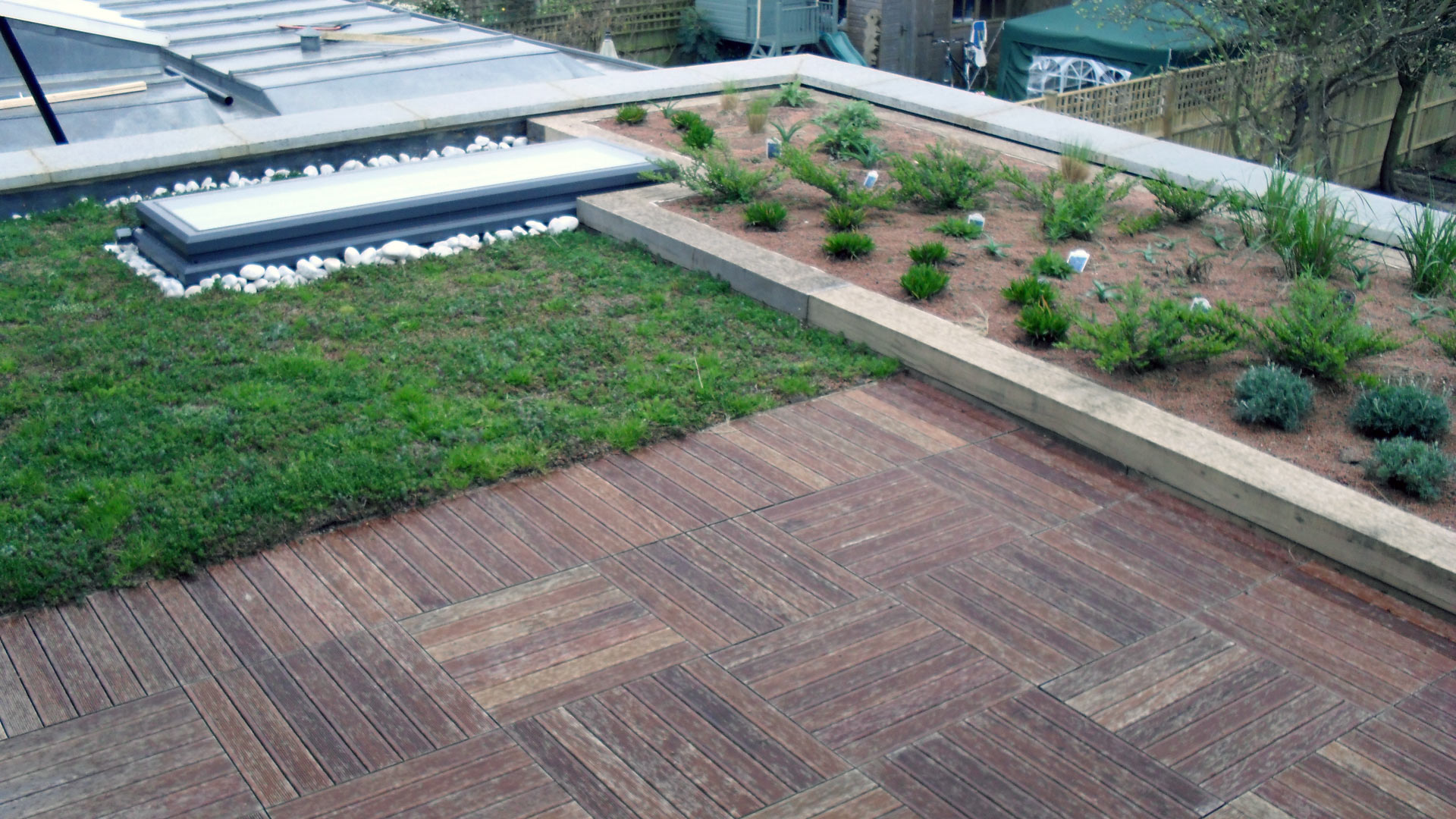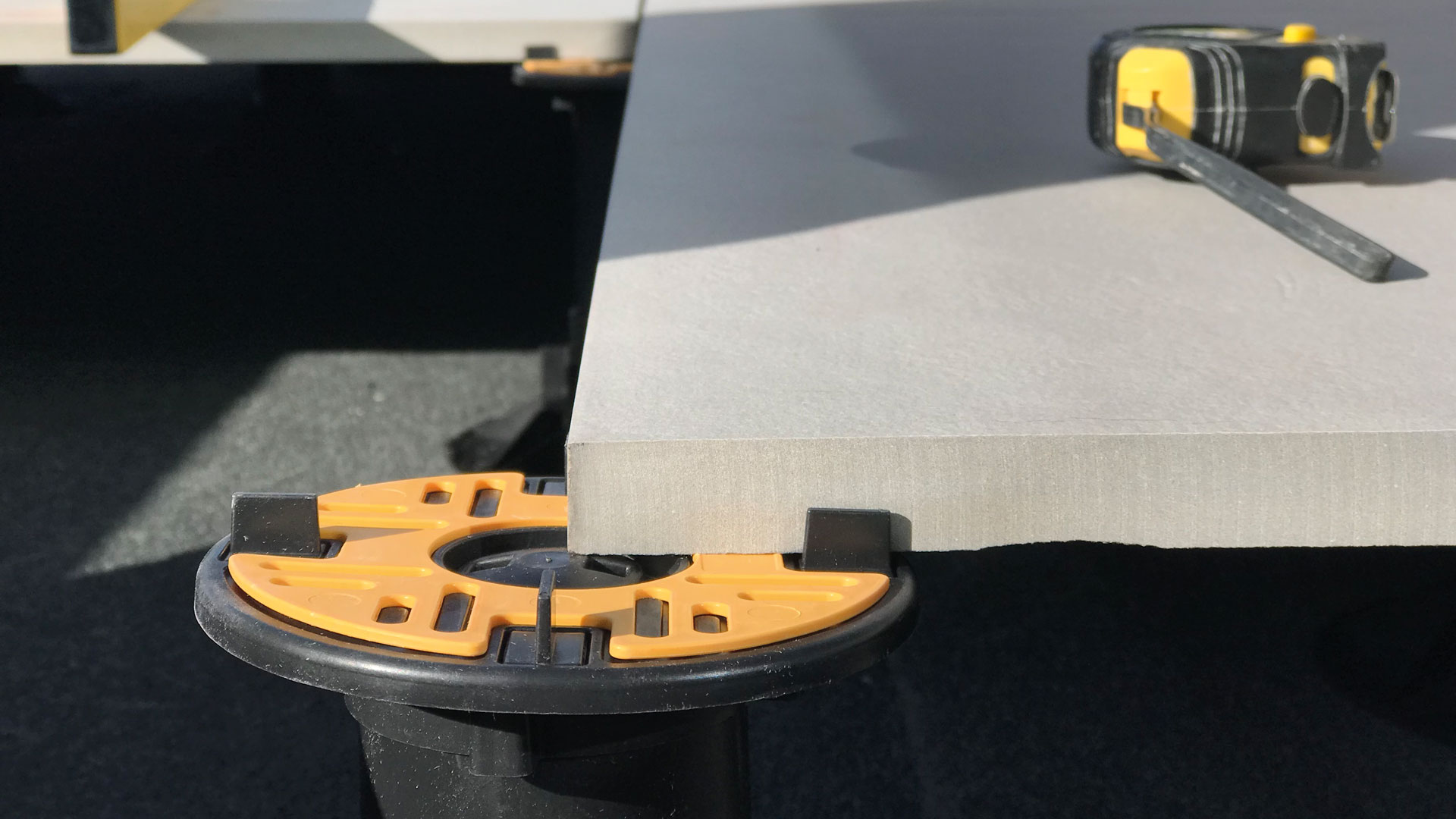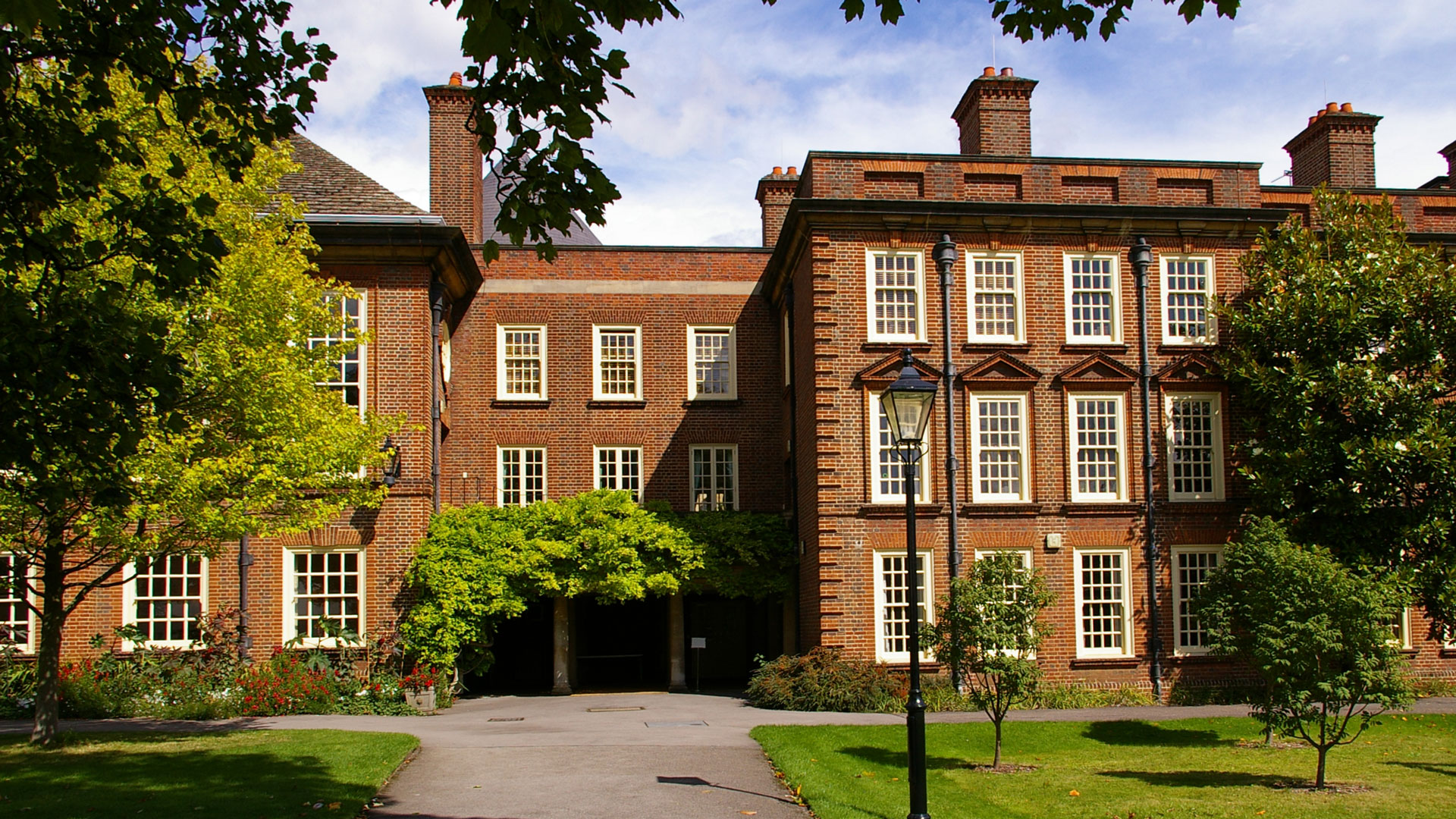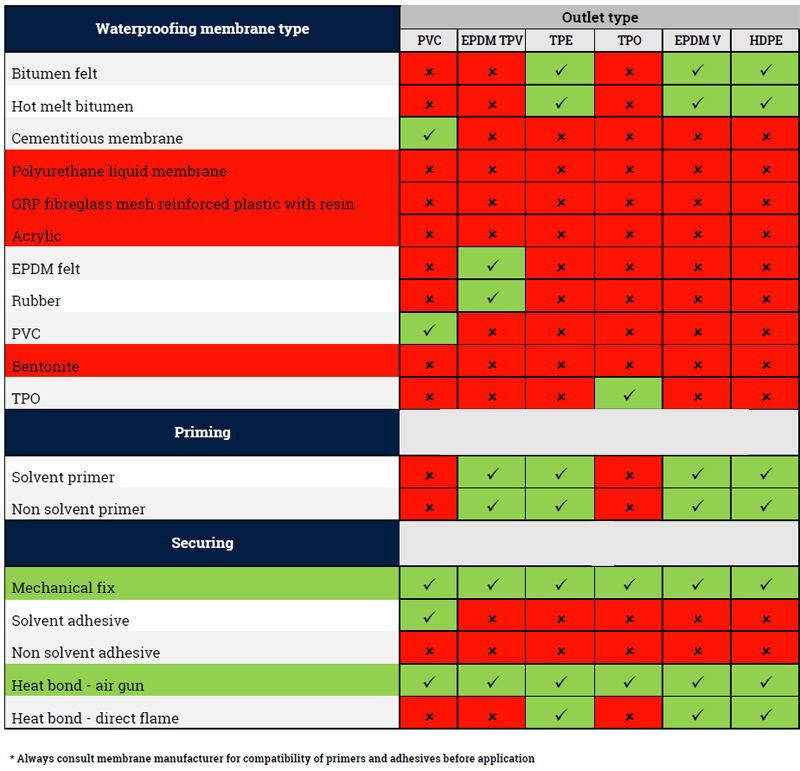Green roofs can help combat the urban heat island effect, a phenomenon that is causing major problems for public health and energy use. Here are a few points to consider before you install a new green roof on your home or business.
Costs of installing a green roof
A green roof is an excellent choice for building owners seeking to reduce their energy bills and protect their buildings from the urban heat island effect. These roofs are also great for the environment and can even help reduce air pollution.
When installing a green roof, it is important to consider the different factors that affect the overall cost and benefits. There are various types of green roofs that can be installed on both private and commercial buildings.
While the initial costs may be higher than traditional roofing materials, these green roofs will last for many years and can be quite attractive to people who are environmentally conscious. In addition, these roofs can offer a variety of other benefits, including stormwater management and energy efficiency.
Choosing a type of green roof depends on several factors, such as the location, size, and orientation of the roof. Additionally, the specific microclimate of the roof will impact its design.
There are two main types of green roofs: intensive and extensive. An intensive green roof is more complex and requires more maintenance. It is designed to provide a natural habitat for wildlife and is typically made up of larger plants. Extensive roofs, on the other hand, are easier to install and require less maintenance.
Cool roofs vs green roofs
When choosing between cool roofs and green roofs, it is important to evaluate the overall impact. Both have a wide range of benefits, from reducing greenhouse gas emissions to lowering energy costs.
Cool roofs are made of light-coloured materials that reflect the sun’s energy. They also help to maintain a cooler surface temperature. Because of this, they can lower the overall building’s energy consumption for cooling. In addition, they can reduce water pollution and stormwater runoff.
Green roofs are similar to cool roofs, but they contain vegetation. These are great for reducing the urban heat island effect, and they can even improve the quality of the air. But compared to cool roofs, green roofs are more expensive.
Green roofs can also reduce air pollution, reduce heating and cooling costs in the winter, and provide better indoor comfort in the summer. However, they are not as efficient as cool roofs.
Green roofs are made of soil and other natural materials. The material is generally porous and consists of shales and clays. It is usually covered by felt, which serves as an additional insulating layer.
Effects on air quality, energy demand and public health
In a world of growing air pollution, green roofs are a good thing. They can be used to combat pollution by absorbing pollutants and releasing them from the soil. Green roofs can also improve indoor comfort and reduce heat.
The best way to determine how much of a benefit a green roof has is to consider its impacts on multiple sectors. A nexus analysis using the WEFE model can allow for a thorough evaluation of all of the possible effects.
One of the main benefits of a green roof is that it provides a nice habitat for birds, insects and other creatures. These animals are essential to maintaining ecosystems. Urbanization has made a dent in the number of green spaces available for these species.
Another benefit of a green roof is that it can save up to 20% of energy compared to a traditional black roof. Since green roofs are an insulating layer, they can help reduce the energy required to heat and cool buildings.
Mitigation technologies associated with roofs
Green roofs and cool roofs are both good options for mitigating the urban heat island effect. These roofs are fitted with highly reflective materials. They lower the roof surface temperature, shield buildings from pollution, and provide additional benefits. But the impact of these roof technologies may be limited to older cities.
Green roofs have a higher initial cost but offer a variety of other benefits. For example, green roofs reduce air pollution, filter stormwater runoff, and can lower energy costs. In addition to their environmental benefits, they can also improve indoor comfort. Unlike conventional roofs, green roofs can help lower the heat stress of a hot weather wave, which is one of the main contributors to heat-induced illness.
Cool roofs, on the other hand, are made of emissive materials. This means that they can reflect light, making them white. Compared to green roofs, they have a limited impact on reducing the heat island effect on high-rise buildings.


